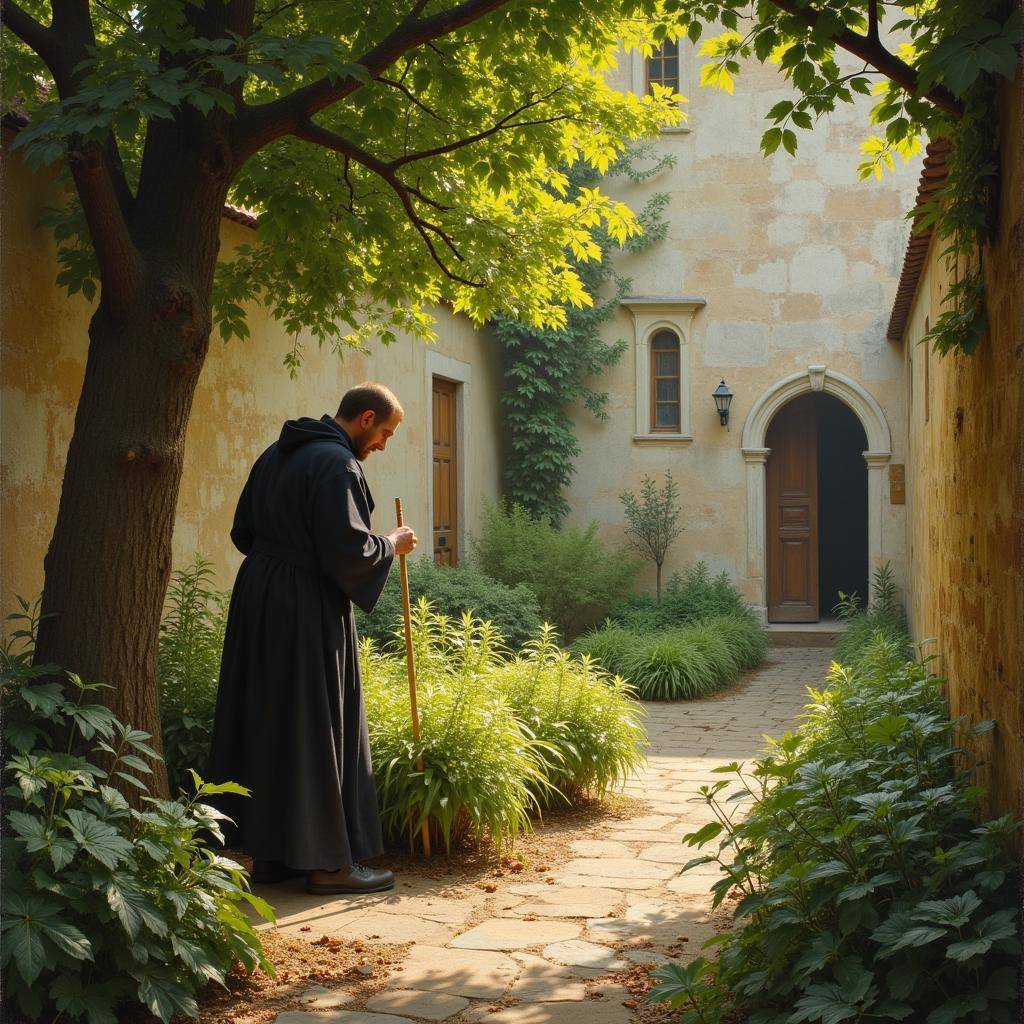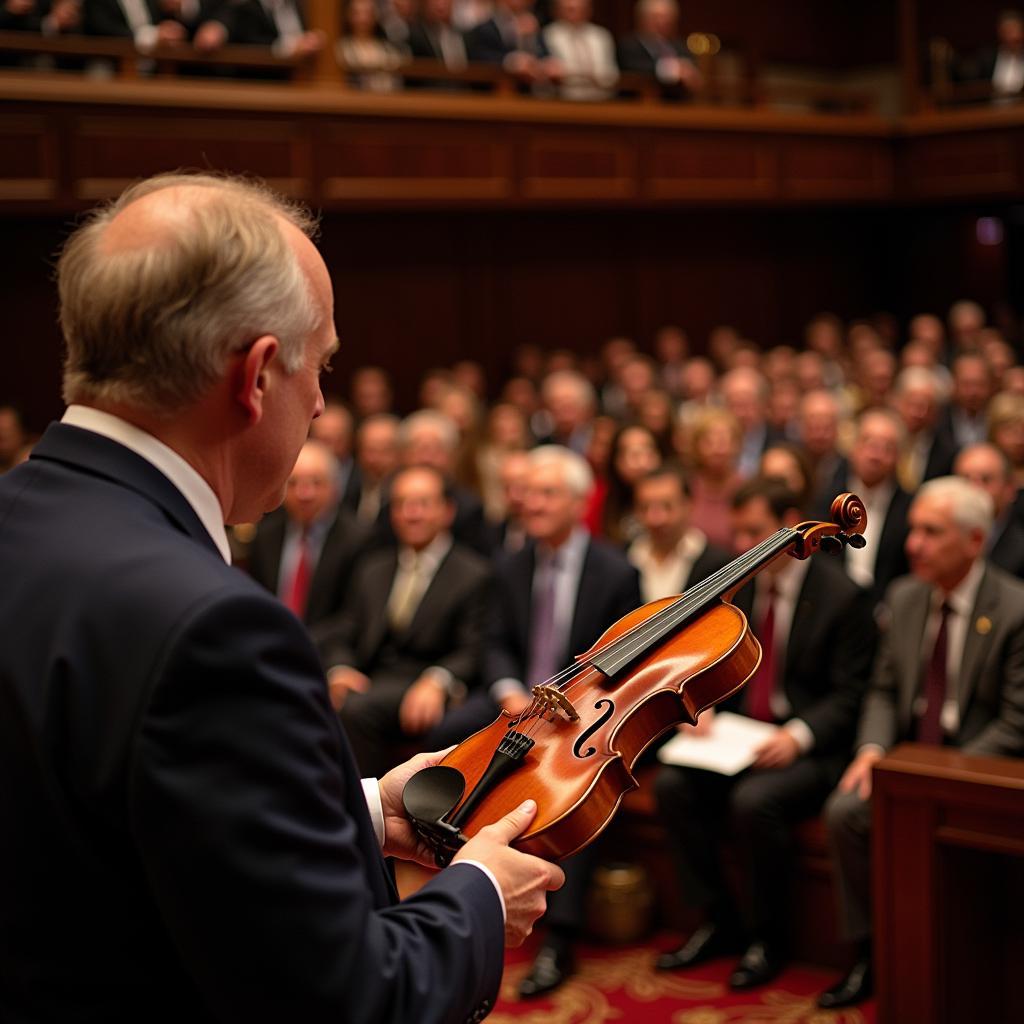Exploring the Beauty of Christian Impressionism Art
Christian Impressionism Art, a captivating movement bridging faith and artistic innovation, emerged in the late 19th and early 20th centuries. It beautifully blends the delicate brushstrokes and light-filled palettes of Impressionism with deeply spiritual themes, offering a unique perspective on religious art. This article delves into the heart of this movement, exploring its origins, key figures, and enduring legacy.
The Genesis of Christian Impressionism: A Fusion of Faith and Light
The late 19th century was a time of great artistic ferment, with Impressionism challenging traditional academic styles. Artists began to explore the fleeting effects of light and color, capturing the momentary beauty of the world around them. For some, this new way of seeing resonated deeply with their spiritual beliefs, leading to the birth of Christian Impressionism. These artists sought to express their faith through the lens of Impressionism, finding spiritual significance in the everyday and imbuing their work with a sense of reverence and awe. See more about the history of art movements through this AP Art History timeline.
What sparked the Christian Impressionism movement? The desire to depict faith experiences through a modern artistic lens.
Key Figures of Christian Impressionism: Painting with Devotion
Several notable artists championed Christian Impressionism, each contributing their unique style and vision to the movement. One of the most prominent figures was Jan Verkade, a Dutch painter who converted to Catholicism and found deep inspiration in monastic life. His serene depictions of religious scenes, bathed in soft light, exemplify the spiritual essence of Christian Impressionism. Another significant figure was Henry Ossawa Tanner, an African American artist who explored themes of faith and identity in his work. Tanner’s evocative paintings often depicted biblical scenes with a focus on the emotional and spiritual depth of the characters.
Who are the main artists associated with Christian Impressionism? Jan Verkade and Henry Ossawa Tanner are two notable figures.
 Christian Impressionism Painting of Jan Verkade in a Monastery Garden
Christian Impressionism Painting of Jan Verkade in a Monastery Garden
The Enduring Legacy of Christian Impressionism: A Testament to Faith and Art
Christian Impressionism left a lasting impact on the art world, demonstrating the powerful synergy of faith and artistic expression. It challenged the conventional boundaries of religious art, offering a fresh and deeply personal perspective on spiritual themes. The movement’s influence can still be seen in contemporary art, inspiring artists to explore the intersection of faith and creativity in their own work. Explore the beauty and depth of religiously inspired art through resources like this Catholic Art Book.
How has Christian Impressionism influenced art? It broadened the scope of religious art and continues to inspire artists today.
Exploring the Themes and Symbolism: Beyond the Brushstrokes
Christian Impressionism is rich in symbolism, often drawing upon biblical narratives and traditional iconography. Light, a central element of Impressionism, takes on a particularly significant role in Christian Impressionist works, often symbolizing divine presence or spiritual illumination. Nature, too, is imbued with symbolic meaning, representing God’s creation and the beauty of the natural world.
What common themes are found in Christian Impressionism? Light, nature, and biblical narratives are frequently explored.
Christian Impressionism Today: A Continuing Dialogue
While the movement flourished in the late 19th and early 20th centuries, Christian Impressionism continues to resonate with artists and art lovers today. Its unique blend of artistic innovation and spiritual depth offers a timeless appeal. Artists continue to explore similar themes and techniques, finding inspiration in the legacy of Christian Impressionism. For those seeking to infuse their faith into their creative endeavors, the movement serves as a powerful reminder of the transformative potential of art. Find inspiration for your own faith-based art with resources such as Holy Spirit Wall Art.
How is Christian Impressionism relevant today? It continues to inspire artists exploring the intersection of faith and creativity.
In conclusion, Christian Impressionism art offers a unique and compelling vision of faith through the lens of Impressionism. From the serene landscapes of Verkade to the evocative biblical scenes of Tanner, the movement’s legacy continues to inspire and uplift. By exploring the interplay of light, color, and spiritual themes, Christian Impressionism enriches our understanding of both art and faith.
FAQ
- What defines Christian Impressionism? Christian Impressionism blends Impressionistic techniques with spiritual themes.
- When did Christian Impressionism emerge? It emerged in the late 19th and early 20th centuries.
- Who were key figures in the movement? Jan Verkade and Henry Ossawa Tanner are notable examples.
- What themes are common in Christian Impressionism? Light, nature, and biblical narratives are frequent themes.
- How does Christian Impressionism impact art today? It continues to inspire artists exploring faith and creativity.
- Where can I find more information on this style? Art history books and online resources provide further insight.
- What is the significance of light in Christian Impressionism? Light often symbolizes divine presence or spiritual illumination.
Need support? Contact us 24/7: Phone: 02462573573, Email: danteum@gmail.com Or visit us at: Savico Megamall, 7-9 Đ. Nguyễn Văn Linh, Gia Thụy, Long Biên, Hà Nội 10000, Việt Nam.



